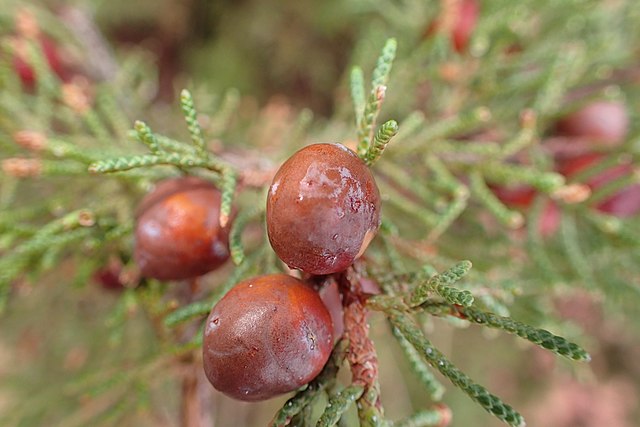Morocco has insured an 8% growth in yearly fruit and vegetable exports despite drought, Hespress reported September 4, 2024.
This performance has helped rank the North African nation fourth in terms of growth among the world’s fruit and vegetable exporters.
Only Egypt, which relies in its Nile River basin for irrigation, had more growth at the continental level at 12%. The two other world suppliers of horticultural produce with similar uptick growth included Peru and Canada.
A part of this growth owes to lush blueberries orders by Asia, whose proximity to North Africa makes import logistics easy.
Tapping Ground Water
This is happening amid drought, which has occasioned acute water depletion by an alarming 78% in the six years ending 2024.
In this period, Morocco’s ground water wealth has plummeted from over 15 billion m3 to 4.84 billion m3 in 2024.
All the same, the country has in the course of 2024 still managed to irrigate bumper tomato and blueberry crops.
Precisely Irrigating Tomatoes, Avocados
By and large, water-saving methods via drone sprinkling have contributed to this growth particularly in tomato and avocado orchards.
By end 2023, 3% of the local farming population of 2 million was cultivating crops via drone monitoring.
Precise irrigation through aerial watering has positively impacted the tomato harvest in recent years. Notably, the tomato export value grew to a worth of $1.12 billion in 2022.
Northwestern Morocco also used similar methods to help expand the avocado crop harvest estimate to 60,000 tonnes early 2024. This is despite the thirsty trees needing 30 liters of moisture on an hourly basis.
Thus, the fruit and vegetable exports by Morocco shows stoicism while drought is depleting water resources. For more details on Morocco’s niche horticulture statistics, read on in the segment below.
Morocco Fruit and Vegetable Statistics
The agricultural sector in Morocco, including horticulture and livestock, contributes 14% of the country’s GDP. With a 66% of its landmass under agriculture, the country is a major horticultural producer. Of this cultivated land, vegetables occupied 260,000 hectares while fruits 450,000 hectares in 2017. Because of dryness, around 19% of Morocco’s 8.7 million agricultural hectares are under irrigation.
How high is vegetable and fruit production in Morocco?
The combined production of vegetables and fruits hovers between 12 and 14 million tonnes a year. In 2017, the country yielded 7.3 million tonnes of vegetables and 6.2 million tonnes of fruits. To put this into perspective, fruit production saw pronounced growth from 4.3 million tonnes in 2010 to 6.5 million tonnes in 2021. By 2019, Morocco was already a top 15 fruit exporting-nation, representing under 2% of global fruit exports’ share. This is according to the Food and Agriculture Organization (FAO)’s data.
What are Morocco’s major fruits by export turnover?
While key fruits include citrus, blueberries are proving a major export. Blueberries’ total export value increased from $71 million in 2016 to $300 million in 2021, according to the U.S. Department of Agriculture (USDA). This propelled Morocco to among the world’s 10 leading blueberry source markets. Mandarins earned $350 million in export turnover in 2021 while oranges followed at $108 million in 2020. This is even while watermelon brought $170 million in 2021.
What vegetables does Morocco produce?
Tomatoes are the main vegetables while green beans rank as the leading legumes. The total tomato output in 2017 was 1.293 million tonnes, second only to potatoes at over 1.924 million tonnes for all crops.
